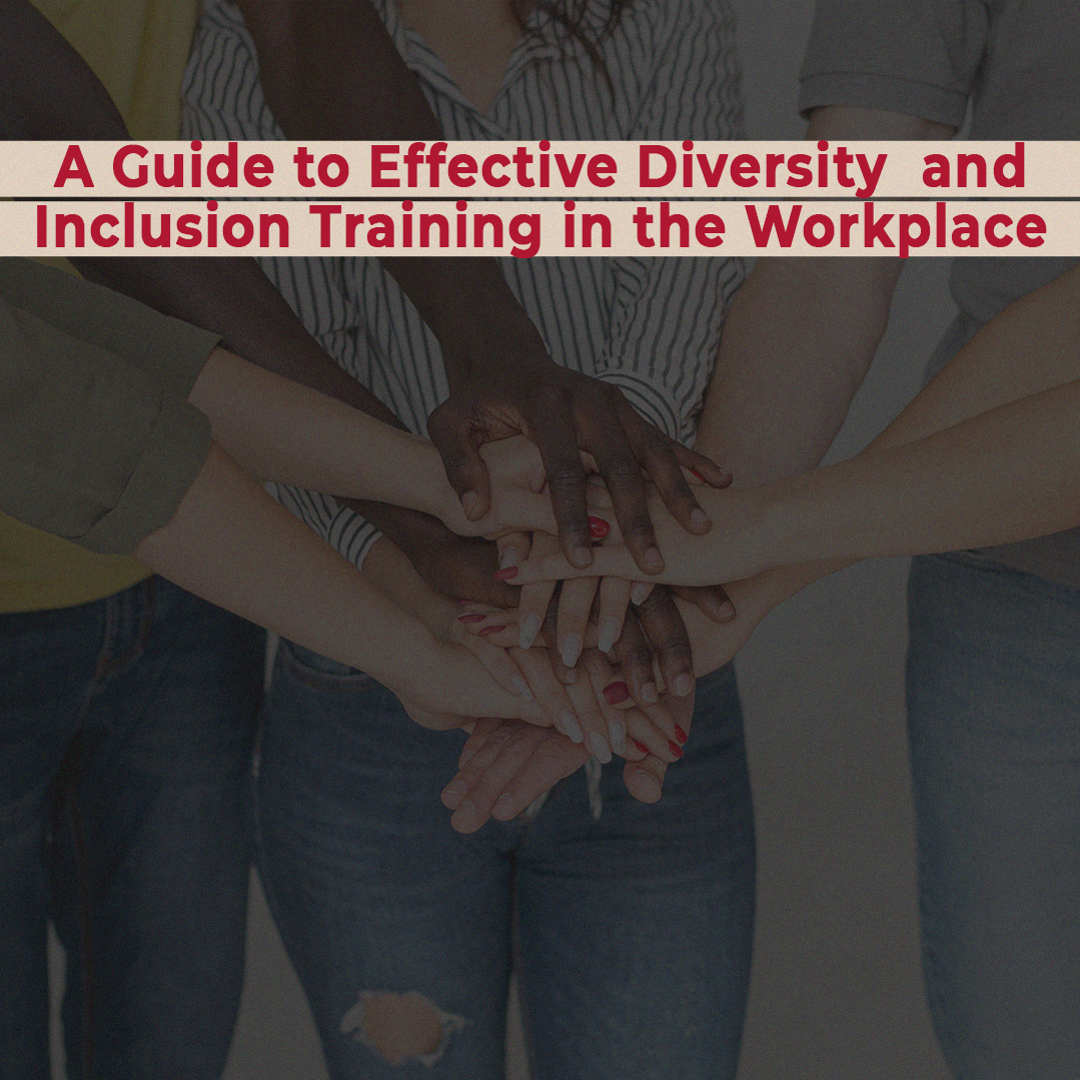Overview:
- In today’s work environment, there is a need for diversity and inclusion training in the workplace.
- Analyzing your organization’s environment becomes necessary to implement effective training programs.
- Having a safe and comfortable work environment where employees feel heard, makes the workplace more positive.
Empowering Workplaces Through Diversity and Inclusion Training
In today’s dynamic work environment, fostering diversity and inclusion training in the workplace is not just a goal; it’s a necessity. A well-structured diversity and inclusion training program is the linchpin for creating a workplace that thrives on equality and mutual respect. As an advocate for positive change, you can play a crucial role in implementing and championing these training initiatives. Here’s a comprehensive guide to help you pave the way:

1. Assess Your Organization’s Needs
Start a thorough assessment of how your organization promotes diversity and inclusion in the workplace. Identify specific areas where improvement is needed, and tailor your training program to address these challenges. A targeted approach ensures that the training is relevant and impactful.
2. Collaborate With Experts
Enlist the expertise of professionals in diversity, equity, and inclusion (DEI). Collaborating with external consultants or specialists can bring a fresh perspective and valuable insights. Their experience can guide the development of a training program that aligns with best practices and addresses the unique needs of your organization.
3. Create Engaging Content
Develop training materials that are engaging, informative, and relatable. Use real-life examples and case studies to illustrate the impact of diversity and inclusion in the workplace. Interactive elements such as role-playing, group discussions, and multimedia presentations can enhance the learning experience and make the content more memorable.

4. Address Unconscious Bias
Diversity and inclusion training should include a focus on addressing unconscious bias. Help employees recognize and mitigate their biases to create a more equitable workplace. Interactive activities, workshops, and self-assessment tools can be effective in raising awareness and fostering a more inclusive mindset.
5. Promote Inclusive Leadership
Incorporate modules that emphasize the importance of inclusive leadership. Equip managers and leaders with the skills to create an environment where diverse perspectives are valued. Inclusive leadership sets the tone for the entire organization which makes all the team members feel heard and supported.
6. Encourage Open Dialogue
Create a safe space for open discussions about diversity and inclusion. Encourage employees to share their thoughts, experiences, and concerns. Facilitate conversations that promote understanding and empathy, fostering a work culture where everyone feels heard and respected.

7. Measure and Evaluate
Implement mechanisms to measure the effectiveness of your diversity and inclusion training. Collect feedback from participants and use metrics to assess changes in attitudes and inclusive behaviors. Regularly evaluate the program’s impact and adjust the content as needed to ensure continuous improvement.
Conclusion:
Diversity and inclusion training in the workplace is a catalyst for positive change. By embracing this guide, you can champion a program that not only educates but inspires a cultural shift within your organization. Empower your colleagues to become advocates for diversity and inclusion. This creates a workplace where every individual’s unique strengths are celebrated, and success knows no boundaries.
FAQs:
What does D&I mean in the workplace?
Diversity, equity, and inclusion are the central aspects of companies these days. It means guaranteeing that every employee is heard and included equally in the workplace environment. DE&I ensures that people of different backgrounds come together and feel safe. This promotes not only diversity in person but also encourages versatile thoughts and opinions elevating any organization.
What should diversity and inclusion training in the workplace include?
It’s important to create an environment where everyone feels safe to share their thoughts if they are not comfortable with anything. Apart from encouraging open dialogues, it’s also necessary to have events for team-building activities. Collaborating with experts while accessing your organization’s needs recognizes what can be done to improve diversity and inclusion in the workplace.
How can you measure diversity and inclusion in the workplace?
The first step is to recognize how diverse your employees are, especially in comparison to those who are applying and those who are being hired. The next thing is to assess how each employee is being treated, and does anyone feel uncomfortable, particularly because of their identity. It’s also important to see if this diversity is being followed across the leadership ladder and promotions.


